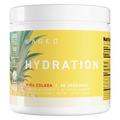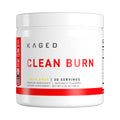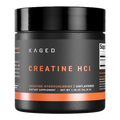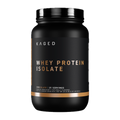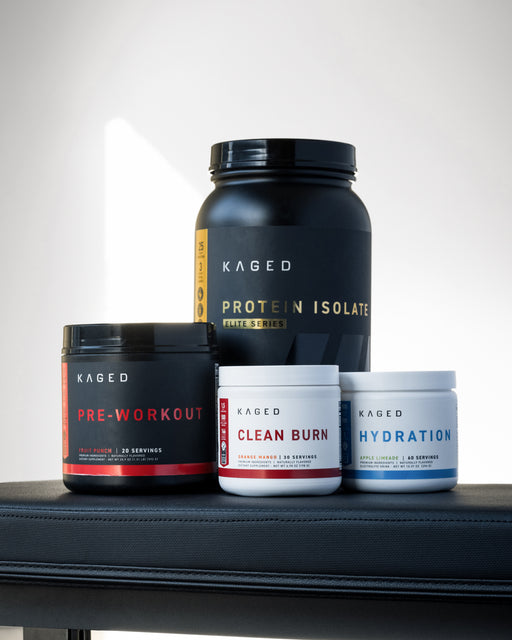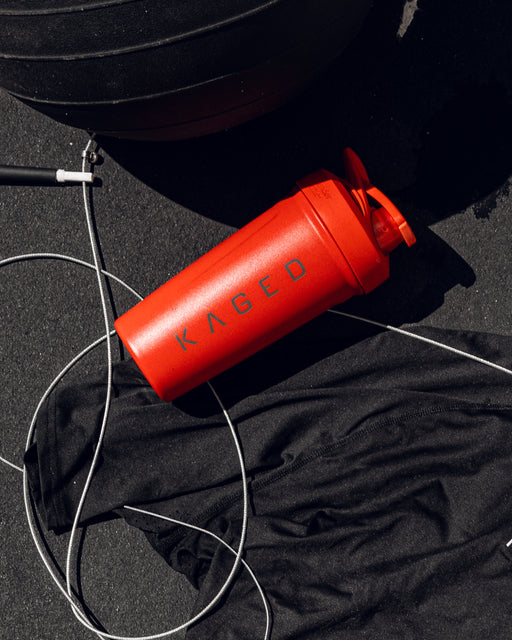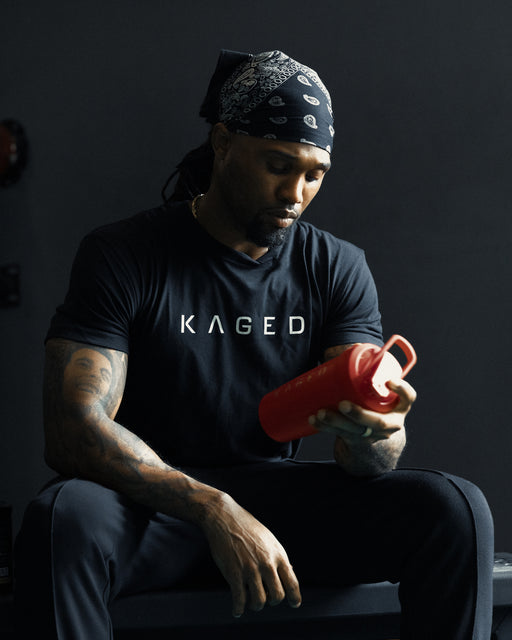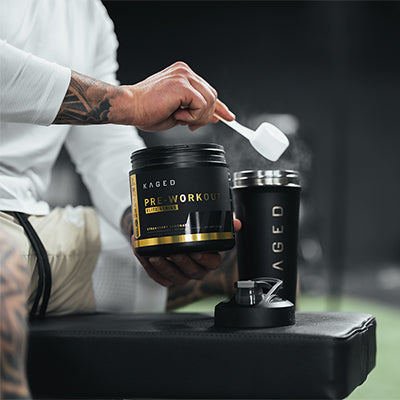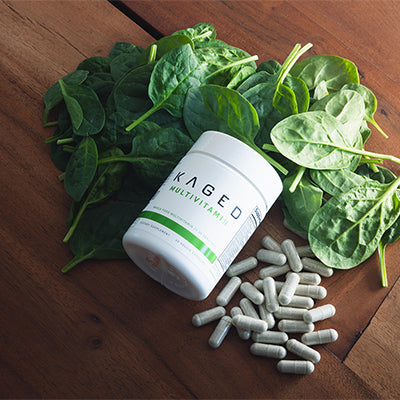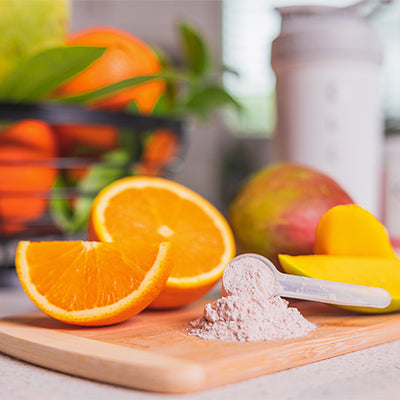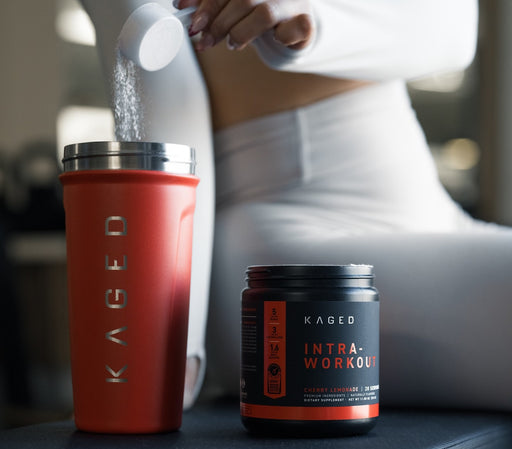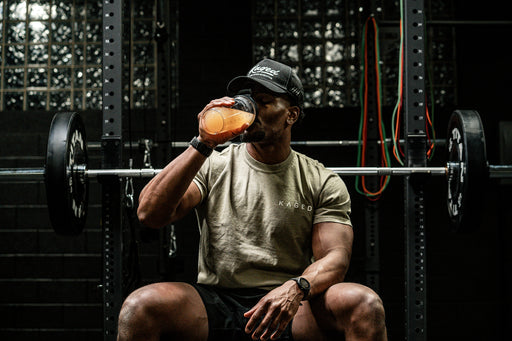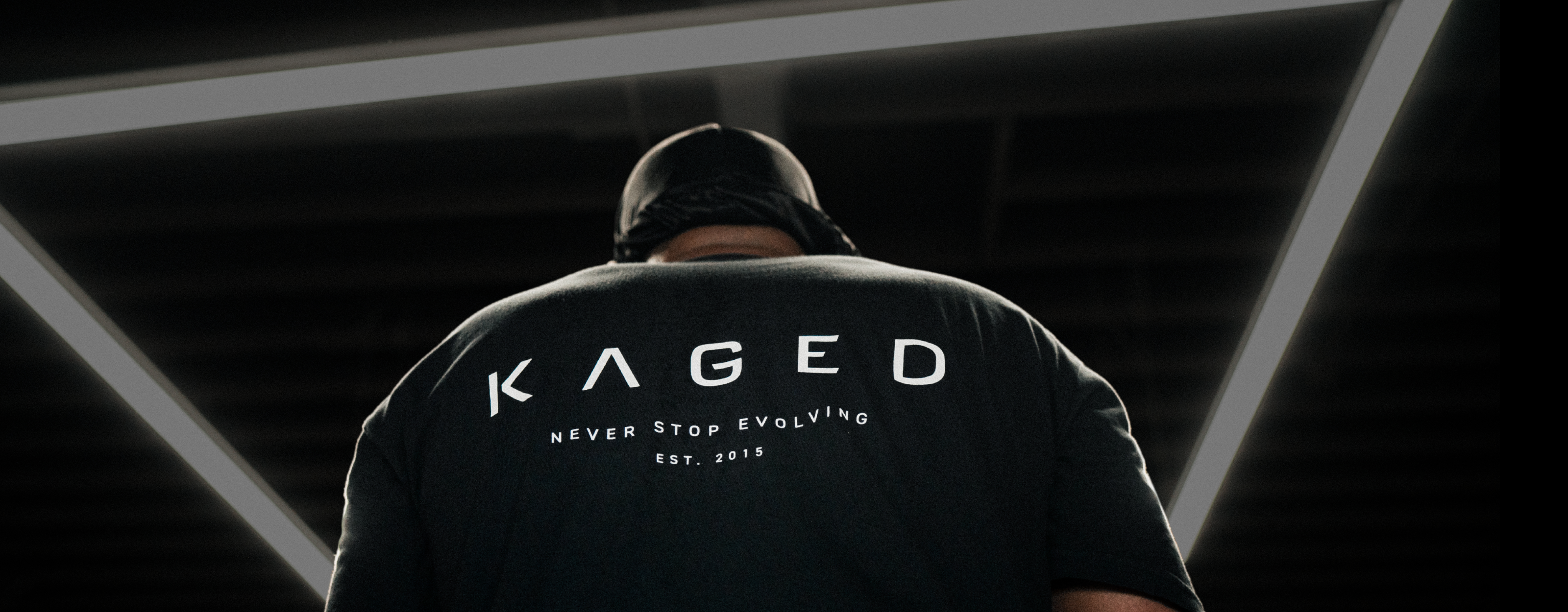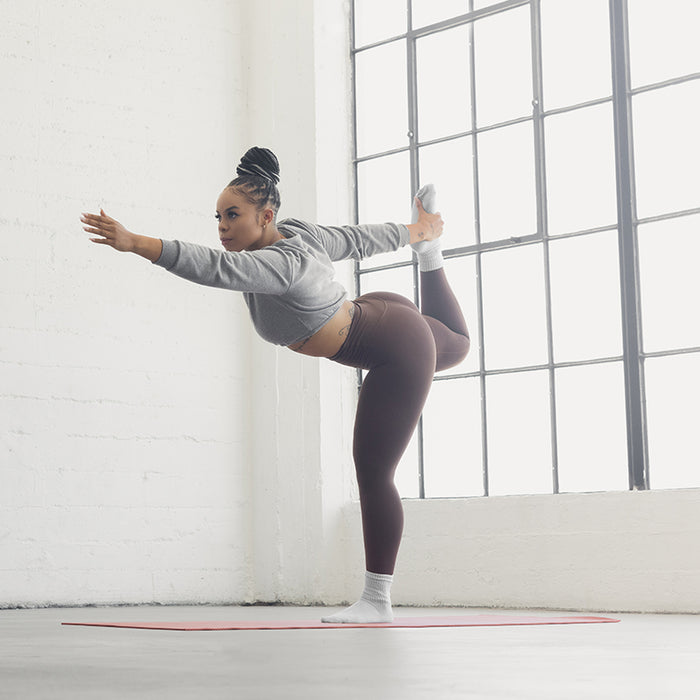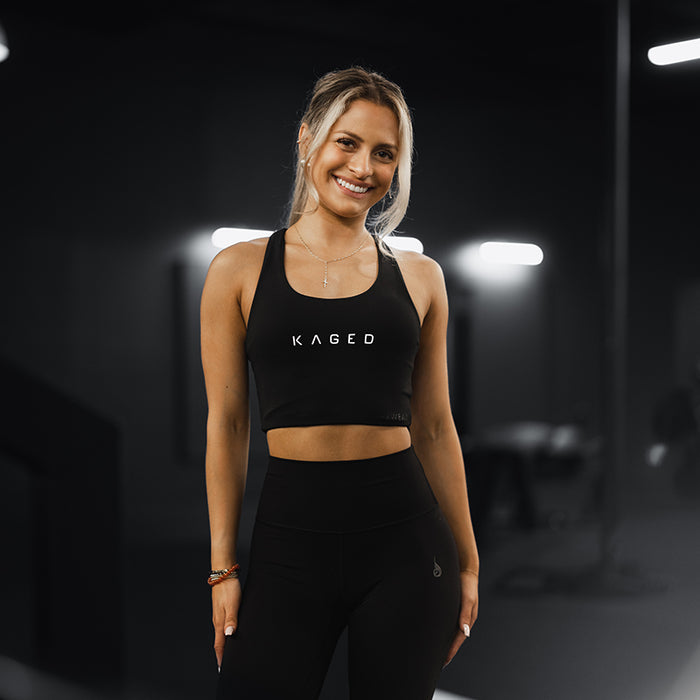Artificial dyes like Red #40, Blue #1, and Yellow #5 are in the spotlight.
While it's a hot topic now, here at Kaged, we’ve been talking about why they don’t belong in your supplements or sports drinks for years.
In today’s article, we’re going to break down what these artificial colors (dyes) are, where they come from, the research on them, and why we keep them out of Kaged supplements.
What Are Artificial Dyes?
Artificial food dyes are synthetic chemicals used to color foods and drinks. Many artificial food dyes are synthesized from petroleum-based compounds, which are also used in the production of plastics and fuels.
Many of these dyes have been linked to health concerns ranging from hyperactivity to cancer in animal studies. As we'll discuss, some are worse than others, but none provide any benefit to your health.
You’ll find them in brightly colored cereals like fruit-flavored loops, chewy snacks like gummy bears, rainbow-colored ice pops, and even in popular sports drinks. You already know that's pure junk food. But they're also used in products meant to support your health: dietary supplements.
Sometimes they’re added to protein powders, pre-workouts, and other supplements to make them look more intense or “fun.”
Why Are They Used?
One word: marketing.
Artificial dyes are a cheap way to make products look more vibrant, more appealing, and more “fun.” This is part of a long tradition in the U.S. of using chemicals and additives to make junk food more enticing. Think of the neon cereals, candies, and sports drinks of your youth.
Nutritionally, they are useless. They provide no value. Their only purpose is to give the products bright colors that entice people, often children.
They’re Banned or Restricted... Even In Parts of the U.S.
The pushback against these chemicals, and the idea that they have negative health consequences, is nothing new.
While several artificial dyes have been banned or delisted in the U.S. over the years, a handful remain approved for use in food and supplements, including Red 40, Yellow 5, and Blue 1.”
In the EU, there must be a label for these. In Japan, the notorious Red 40 is banned altogether.
Two years ago, California passed a bill which will ban six food dyes, including the three mentioned, from public schools starting in 2028. A recent law in West Virginia will also prohibit certain dyes. It comes into effect in schools this year and statewide in 2028.
Given that various governments around have restricted or banned these, we believe you should second-guess a supplement if it's filled with chemical dyes and has a bright neon color.
They have no place in any product that's marketed to be a positive for your health or performance.
Artificial Food Dyes and Health: What the Research Says
Multiple studies, especially clinical trials in children, have suggested links between synthetic food dyes (like Red No. 40, Yellow No. 5, Blue No. 1) and behavioral changes, as well as emerging concerns from animal studies around gut health and potential carcinogenic effects. These concerns have led to global scrutiny, and now, in a significant regulatory shift, the FDA has announced plans to phase out the use of petroleum-derived synthetic dyes in foods and dietary supplements. The agency has urged manufacturers to transition to natural alternatives derived from fruits, vegetables, and other plant-based sources. This move reinforces what we’ve believed from the beginning: these dyes offer no health benefit and have no place in products designed to support wellness or performance.
Most of the research is on kids. That's important to note. As a supplement company, we do not market or recommend that anybody under 18 take our products. Our products are for adults only. Other supplement companies could say that, due to this, there's no problem with putting artificial stuff that has been shown to affect kids the most.
Our logic is different. If it's harming children, we definitely don't want to expose adults either.
Below is a breakdown of the evidence.
Hyperactivity & Behavior
Many controlled trials suggest that diets with artificial colors can slightly worsen attention and hyperactivity. For example, a 2022 review by the California Office of Environmental Health Hazard Association (OEHHA) evaluated 25 challenge studies and found that over half (52%) showed a statistically significant link between synthetic dye exposure and increased hyperactivity or ADHD-like behaviors. The review also noted that current FDA safety limits for these dyes are based on outdated studies that did not account for behavioral effects. analyzed the effects of synthetic food dyes on children’s behavior.
The European Food Safety Authority (EFSA) concluded that the evidence linking synthetic food dyes to behavioral effects in children was “limited” and not sufficient to change current guidelines, whereas the FDA’s 2011 Food Advisory Commeittee also did not recommend a ban ( in an 8–6 vote) but acknowledged there is evidence of a “small significant deleterious effect” on behavior for some. This is outlined in this 2012 review.
In plain terms, dyes can subtly worsen focus and attention in some kids. That's all the info we need to keep it out of supplements.
May Impact Gut Health
Emerging animal studies show dyes may negatively impact gut health. .
In mice predisposed to inflammatory bowel disease, Allura Red (Red No. 40) exposure early in life worsened colitis and promoted chronic low-grade gut inflammation.
Another study showed that gut bacteria can metabolize Red 40 and Yellow 6 into compounds (ANSA-Na) that can trigger colitis in genetically susceptible mice.
While these findings raise important questions about how synthetic dyes interact with the gut microbiome, human data on this topic remains limited.
Cancer Risk (Animal & Mechanistic Data)
A few dyes have shown cancer signals in lab animals.
Red No. 40 (Allura Red) itself is not officially classified as carcinogenic by regulators. However, recent animal studies suggest it may influence biological pathways associated with cancer risk: one mouse study found that long-term consumption of Red 40, especially in combination with a high-fat diet, led to DNA damage and low-grade inflammation in the colon. These findings build on earlier work showing that Red 40 can contribute to subtle inflammatory changes in the gut, though more research is needed to determine its relevance in humans.
No Upside. Only Risk.
Even though the research is strongest in children, there is zero good reason for these dyes to be in your supplements. They do nothing for your health, recovery, or performance.
“But Aren’t There Bigger Things to Worry About?”
The argument for artificial dyes makes sense on a broader societal scale. Many argue that focusing on artificial dyes is losing the forest for the trees. Societally, we agree. Tens of millions of Americans should worry more about the sugar spike of the fruit loops, rather than the artificial dyes of the fruit loops.
If someone’s living off fast food and soda, maybe artificial dyes aren’t their top priority. But here’s how we see it:
If your goal is peak performance, to get that 5% edge, to optimize your health, then the trees matter.
We believe health is built on the daily choices you make. Clean ingredients. Smart habits. Honest transparency. And that means avoiding unnecessary chemicals that provide zero benefit to your body.
How to Spot Artificial Dyes
In the U.S., products that contain synthetic dyes aren’t required to carry warning labels. The only way to avoid them? Check the label.
Look for ingredients like:
- Red 40
- Blue 1
- Yellow 5
- Allura Red
- Sunset Yellow
If you see these, steer clear.
The "No Brown M&M Clause": The Other Problem with Artificial Dyes
In The Checklist Manifesto, Atul Gawande tells the story of David Lee Roth's famous "no brown M&M clause." He writes that Van Halen's tour "contracts with concert promoters contain a clause specifying that a bowl of M&M’s has to be provided backstage, but with every single brown candy removed, upon pain of forfeiture of the show, with full compensation to the band."
Yes, it sounds insane, but Gawande continues, it had a purpose. Quoting Lee Roth, "When I would walk backstage, if I saw a brown M&M in that bowl,” he wrote, “well, we’d line-check the entire production. Guaranteed you’re going to arrive at a technical error… Guaranteed you’d run into a problem.”
The brown M&M clause was a litmus test for whether concert venues paid attention to detail. We see the use of artificial dyes the same way.
If a sports nutrition brand can't get past the neon glow and the flashy marketing and decide to put something in with no other purpose, what else could they be hiding? What else could go wrong?
Artificial dyes do not belong in your supplements, whether they're regulated by governments or not.
FAQ
How Are Kaged Supplements Colored?
If we don't use artificial colors, how do we color Kaged supplements?
First, you'll notice that our supplements do not have that neon, artificial color. It's more subtle. Second, we rely on naturally occurring colors from fruits and vegetables. If you look closely at our labels (depending on the flavor), you'll see beet juice powder or vegetable juice powder.
If you've had beets before, you know they have a bright color, making a trace amount perfect to help us color our supplements. Other vegetables provide bright colors, too. Depending on the flavor, we'll use other vegetables.

What About Artificial Sweeteners?
Great question. You can make the same argument against artificial sweeteners, which we do use in our flavored products.
First, at Kaged, we avoid the artificial sweeteners like aspartame and Ace-K. We use a blend of stevia and sucralose. Stevia is a natural, zero-calorie sweetener.
Sucralose has been extensively studied and is considered safe by global health authorities, including the FDA, when used within established limits. All our formulas are developed with care, tested for quality, and designed to meet the high standards of our customers.
The safe limit for sucralose is 5mg per kilogram of body weight per day. For a 150lb person, that’s about 340mg per day. One packet of brand-name sucralose contains only 12mg.
You could make the same argument for caffeine, bananas, or even spinach. At reasonable amounts, sucralose is safe.
Second, while artificial colors have no real benefit, artificial sweeteners do: they help us create great-tasting products without excess sugar.
